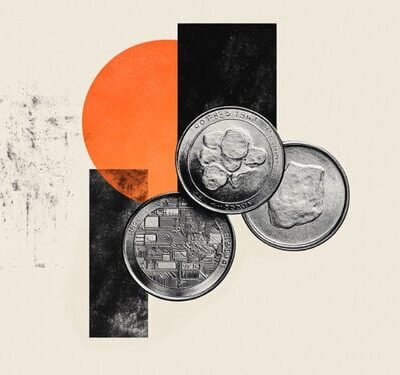Hong Kong has always seen itself as a leader in Asia’s digital asset space, but is the new … More
On 21 May 2025, Hong Kong’s Legislative Council passed the territory’s first Stablecoins Bill—an ordinance that drapes bank-style capital, liquidity, and disclosure obligations over any issuer of a fiat-referenced token. When the dust settled, one thing was clear: Asia’s self-declared “virtual‑asset hub” just put stablecoins on the kind of leash usually reserved for deposit-taking banks.
The HK stablecoin rulebook in three bullets, none of them gentle
- 100% high‑quality reserves, ring‑fenced – issuers must hold cash or short‑term Treasuries segregated from operating capital and be audit‑ready at all times.
- T+0, fee‑free redemption at par – holders can redeem stablecoins for face value “under reasonable conditions,” effectively banning withdrawal gates.
- Basel‑lite buffers and liquidity ratios – leverage cannot exceed 2%, and liquidity‑coverage must survive a five‑day stress drain, mirroring Basel III but tweaked for crypto‑speed outflows.
The Hong Kong Monetary Authority (HKMA) says licence applications open 1 August 2025 and that the full regime should be live by year‑end, pending secondary legislation on disclosure templates.
Why the bar is so high
Regulators learned from two crises. First, the 2022 collapse of TerraUSD proved that algorithmic pegs die fast without hard collateral. Second, USDC’s 14‑hour de‑peg in March 2023 (after Silicon Valley Bank’s failure) showed even fully backed coins can wobble if reserves sit in uninsured bank accounts. Hong Kong’s response is to require treasuries—or cash in a statutory trust—plus same‑day redemption, so any run simply liquidates the reserve.
The trade‑off is obvious: capital costs soar. Lawyers estimate a US$1 billion stablecoin would park roughly US$30 million in “unproductive” capital buffers, before counting the opportunity cost of holding 100 % government paper instead of chasing yield. Ant International (Alipay’s offshore arm) still plans to apply, betting first‑mover advantage outweighs thin spreads. Smaller issuers may simply exit or white‑label through a licenced bank.
Race with the GENIUS Act…and Singapore
Timing matters. Less than a week before Hong Kong’s vote, the US Senate advanced the bipartisan GENIUS Act, which also mandates 100% cash‑and‑T‑bill backing but punts leverage ratios to future rule‑making. If Washington finalises its bill, issuers will compare two markets with near‑identical reserve rules but very different dollar‑funding costs. Meanwhile, Singapore’s MAS is drafting its own “digital‑money” bill that lumps tokenised deposits and well‑regulated stablecoins into one perimeter, likely less prescriptive on leverage but just as tough on liquidity.
Hong Kong’s early move could lock in global mind‑share, yet it risks carving out a niche only bank‑sponsored coins can fill. Standard Chartered, Animoca Brands and HKT already formed an HKD‑stablecoin joint venture in February, reading the regulatory tea leaves. Expect more bank‑fintech pairings as capital‑heavy incumbents underwrite the buffers start‑ups can’t afford.
Stability first, innovation second
That is a common refrain from regulators in Hong Kong when it comes to the fintech industry. The sandbox remains open to unbacked experimentation, but once a coin is marketed to the public it must clear the full Basel‑lite hurdle. The HKMA will publish granular AML/CFT guidelines in July, covering wallet KYC, on‑chain screening tools and suspicious‑transaction reporting.
What to watch next
- Secondary legislation. The Financial Services Bureau is drafting disclosure rules—think daily reserve attestations and real‑time dashboards for redemption queues.
- Interoperability pilots. HKMA wants licenced issuers to test cross‑border settlement with Bank of Thailand’s Project Inthanon and the UAE’s mBridge corridor by 2H 2026.
- FX hedging cost. Coins pegged to HKD may dodge U.S. Treasury haircuts but will need liquidity providers for offshore redemptions—spreads could bite.
Bottom line
Hong Kong just swapped laissez‑faire optics for regulatory heft, gambling that credible guard‑rails will draw institutional money faster than they repel crypto start‑ups. If the plan works, the city will field a handful of bank‑grade stablecoins inside 12 months—tokens that behave like high‑speed cash rather than speculative chips. If the capital hit proves too steep, volume will migrate to friendlier regimes and Hong Kong’s Web3 hub narrative will look like 2023’s press release. Either way, the Basel‑fication of stablecoins has begun, and Hong Kong fired the first real salvo.






